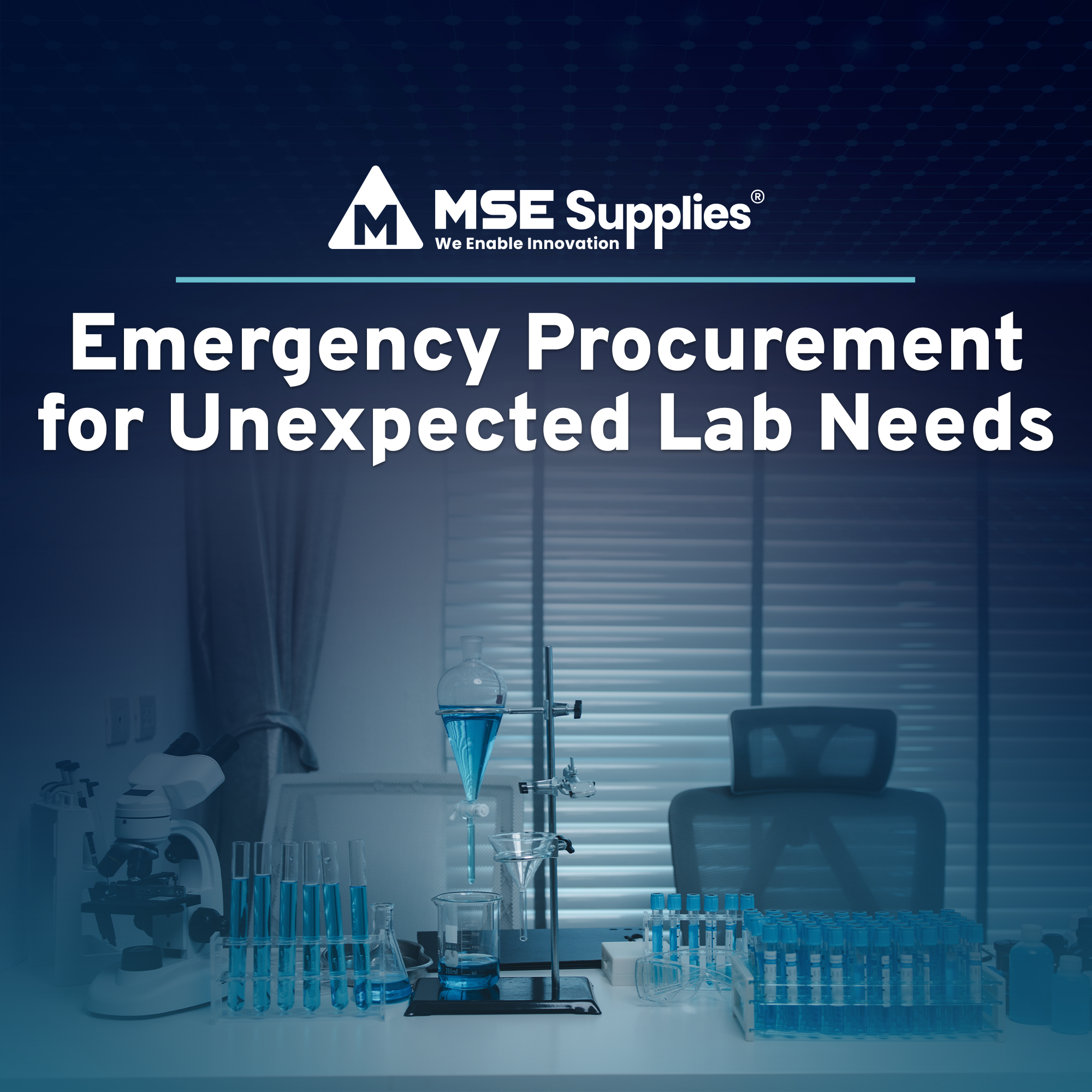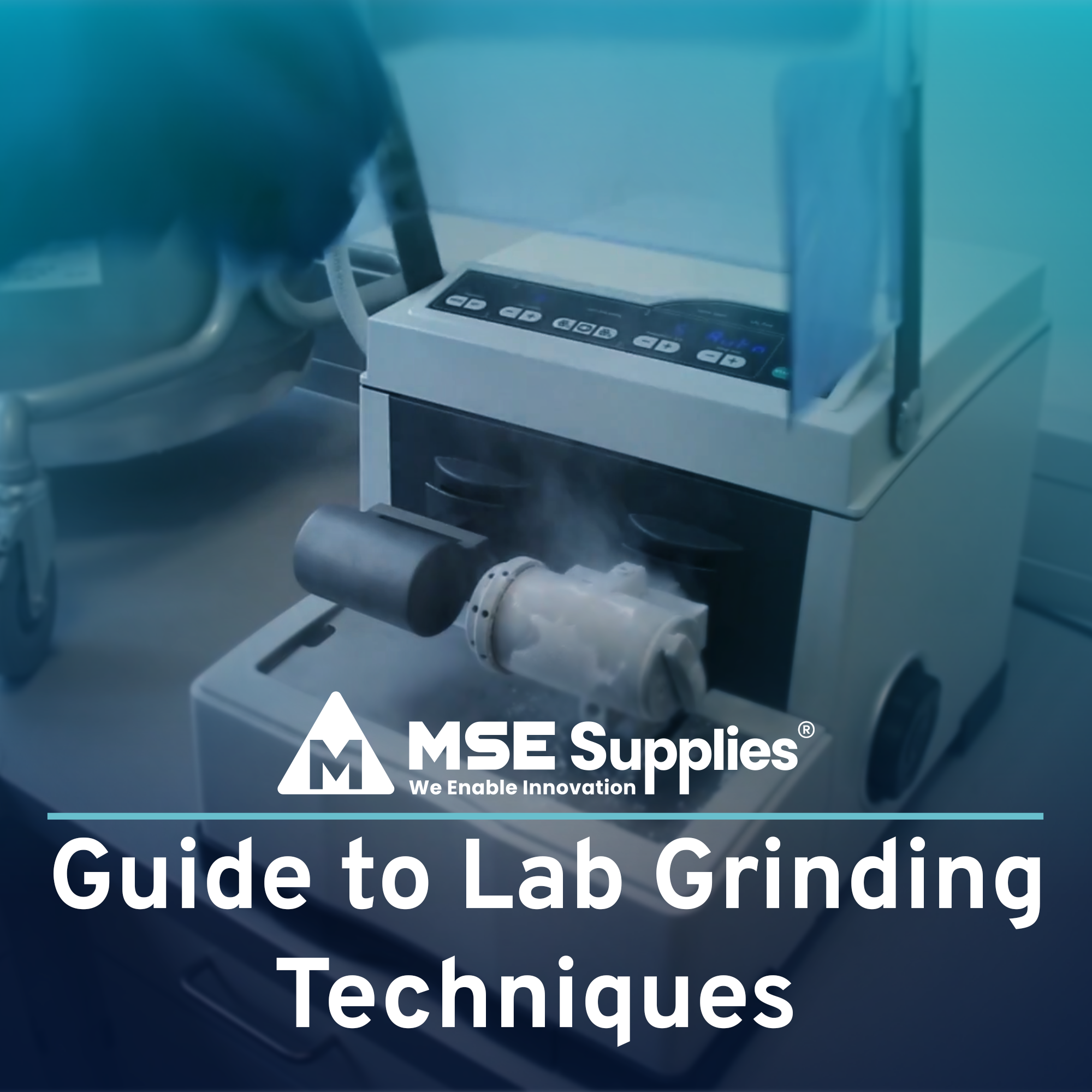Pump Series Part 3: Precision Flow Control with Peristaltic Pumps
Posted by Marketing Team on

The laboratory and industrial equipment world demands absolute precision and cleanliness during fluid transfer operations. The distinct benefit of peristaltic pumps stands apart from other pumping methods since they move fluid without interacting with pump parts, making them vital for conditions requiring contamination prevention. Our latest Pump Series installment examines peristaltic pumps' operation method and technical features that establish modern fluid measurement requirements.
How Peristaltic Pumps Work
Peristaltic pumps operate in a straightforward yet effective manner. A rotor with rollers or shoes compresses flexible tubing sequentially, pushing fluid through the tube as the rotor turns. Once the tubing relaxes, it returns to its original shape, drawing in more fluid and repeating the cycle.
Peristaltic pumps depend on a simple mechanism that effectively performs their functions. Flexible tubing fluid movement through the tube occurs when a rotor with rollers or shoes sequentially compresses the tubing during rotor rotation. After the tubing recovers its original shape, more fluid enters and the process starts again.
Here’s a step-by-step breakdown of how it works:
-
A circular movement of the rotor becomes activated within the pumping chamber.
-
Flexible tubing in the rotor experiences closure by rollers or shoes connected to the rotor at its contact point.
-
Fluid forward movement occurs when the rotor spins because the moving compression builds up along the tubing walls, pressing the fluid from behind.
-
The tubing shape is restored to its normal position after the roller token point, which enables the vacuum effect, which pulls more fluid into the tube.
-
The continuous operation of this mechanism produces regulated fluid transport along the tubing.
Because the fluid only comes into contact with the inner surface of the tubing, peristaltic pumps eliminate the risk of cross-contamination and avoid exposure to pump components.

There are two primary types of peristaltic pumps:
-
Tubing pumps: These are used in labs, handle smaller flow rates, and support frequent tubing changes.
-
Hose pumps: Built for more demanding industrial tasks, they accommodate higher pressures and volumes.
Main Components of a Peristaltic Pump
A typical peristaltic pump includes the following components:
-
Pump Housing: Acts as a protective shell that sustains the rotor component and the tubing structure.
-
Rotor: The moving part of the pump has rollers or shoes that make contact with the tubing material to generate pressure effects.
-
Rollers or Shoes: Along with footwear elements, squeeze the tubular material to activate the peristaltic effect.
-
Flexible Tubing: Functions as a fluid transportation system, which normally uses materials like silicone and PVC and thermoplastic elastomers.
-
Motor: Enables proper rotation of the rotor to maintain continuous compression cycles.
Key Features and Benefits
-
Contamination-Free Operation: Fluids are never exposed to external components, ensuring the integrity and purity of each transfer.
-
Self-Priming and Dry-Run Capable: These pumps can operate without pre-filled lines and safely handle temporary dry conditions.
-
Easy Maintenance: The tubing can be replaced quickly and easily, minimizing downtime and simplifying service.
-
Gentle Pumping Action: Ideal for handling delicate or shear-sensitive materials without degrading sample quality.
-
Accurate and Repeatable Flow Control: Offers consistent, controlled delivery, which is essential for dosing and metering applications.
Common Applications
-
Laboratories: Used for precise dosing, fluid transfers, and sample handling where contamination must be avoided.
-
Medical and Pharmaceutical: Employed for sterile fluid delivery and drug dispensing, supporting patient safety and regulatory compliance.
-
Food and Beverage: Applied in sanitary filling and ingredient metering, ensuring hygiene and consistency in product quality.
-
Environmental and Water Treatment: Utilized for chemical dosing and sample collection in systems that require clean, measured delivery.
-
Biotechnology: Supports nutrient feed and perfusion applications in bioreactors, maintaining cell viability and productivity.

Peristaltic Pumps at MSE Supplies
MSE Supplies recognizes the essential nature of fluid maintenance and control requirements across all research, production and quality assurance operations. The carefully selected Peristaltic Pump portfolio at MSE Supplies incorporates premium products that manage both small-volume microfluidic work and high-volume fluid-dispensation applications. Customers gain versatility in selecting among benchtop and industrial-scale pumps because our catalog features precise components without trade-offs in functionality. The experts at our company will assist you in choosing equipment that suits your particular requirements. The combination of trusted solutions, technical assistance, and responsive service at MSE Supplies meets requirements where performance and purity matter.
Peristaltic pumps offer laboratory and industrial applications an essential combination of precise results, flexible control, and contamination-free fluid handling capabilities. Their performance stability establishes their worth in different workflow applications that require delicate and aggressive fluid management.

If you're ready to elevate your fluid-handling system, now is the time to explore MSE Supplies’ wide selection of peristaltic pumps. We offer precision-driven solutions from trusted brands like MSE PRO, Welch, ATTO, KNF and Heidolph—built to support both lab-scale and industrial applications.
Looking for more? Our Pump Systems category also includes other pump types, such as diaphragm, syringe, and vacuum pumps, so you can find the right equipment for every stage of your workflow.
Visit our collection of Peristaltic Pumps today or contact our support team for expert assistance. Stay in the loop with the latest lab and production tools—connect with us on LinkedIn.



